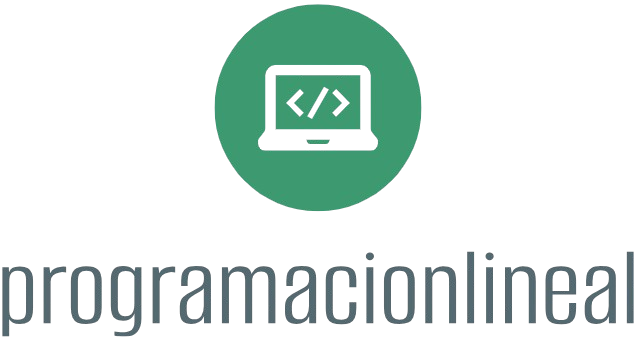GitHub is not only a popular platform for version control but also a powerful tool for project management. It provides features that help teams plan, track, and manage projects effectively. Here’s a comprehensive guide on how to use GitHub for project management:
- Setting Up a Repository
- Create a New Repository:
– Log into your GitHub account and click on the “+” icon in the upper right corner, then select “New repository”.
– Fill in the repository name, description, and choose between a public or private repository. You can also initialize it with a README file.
- Clone the Repository:
– Use Git to clone the repository to your local machine:
“`bash
git clone https://github.com/username/repository-name.git
“`
- Organizing Issues for Task Management
- Creating Issues:
– Navigate to the “Issues” tab in your repository.
– Click on “New issue” to create a new GitHub issue, where you can describe tasks, bugs, enhancements, or feature requests.
– You can label issues, assign them to team members, and set milestones.
- Using Labels:
– Labels help categorize issues (e.g., bug, enhancement, question). You can create custom labels that fit your project needs.
– Click on “Labels” in the “Issues” tab to create and manage your labels.
- Assigning Issues:
– Assign issues to team members directly within the issue details to ensure accountability.
- Utilizing Project Boards
- Creating Project Boards:
– Go to the “Projects” tab in your repository.
– Click “New project” to create a Kanban-style project board for visual project management.
– Choose between “Basic Kanban” or other templates depending on your workflow needs.
- Adding Columns:
– You can create columns such as “To Do”, “In Progress”, and “Done” to track the status of tasks.
– Drag and drop issues and pull requests into the appropriate columns as work progresses.
- Using Cards:
– Each issue or pull request can be added to project boards as cards, allowing you to manage tasks visually.
- Managing Milestones
- Creating Milestones:
– Navigate to the “Milestones” tab in the “Issues” section.
– Create a milestone to represent a significant point in your project development, such as a version release or a major feature deadline.
- Assigning Issues to Milestones:
– Attach relevant issues to milestones to keep track of progress toward a goal or deadline.
- Collaborating with Pull Requests
- Creating Pull Requests:
– When you’ve made changes or added features to a branch, push those changes to GitHub and create a pull request.
– Go to the “Pull requests” tab and click “New pull request”.
– Provide a clear title and description of the changes along with any relevant issue links.
- Reviewing Changes:
– Team members can review, comment, and request changes directly on the pull request.
– Use the “Files changed” tab to see the differences and provide feedback.
- Merging Pull Requests:
– Once changes are approved, they can be merged into the main branch. Ensure to resolve any conflicts that may arise before merging.
- Using GitHub Actions for Automation
- Setting Up CI/CD Workflows:
– GitHub Actions allows you to automate workflows directly in your repository.
– Create a `.github/workflows` folder and add YAML files to configure CI/CD pipelines.
– You can automate tasks like running tests, building applications, or deploying code upon push or pull request events.
- Documentation and Communication
- Using the Wiki:
– GitHub provides a wiki feature that allows you to create documentation for your project.
– Access the “Wiki” tab to create pages for detailed information, guides, and project documentation.
- README Files:
– A well-structured README file serves as the front page of your project. Include project description, installation instructions, usage examples, and contribution guidelines.
– Markdown is supported, so you can format your README with headers, lists, images, and links.
- Keeping Track of Progress
- Dashboards and Insights:
– Use the “Insights” tab to track contribution activity, issues, pull requests, and project health over time.
– Tools like “Pulse” can give you a quick overview of project activity.
- Bringing Together Discussions:
– Use GitHub Discussions (if enabled) to communicate ideas, questions, and feedback asynchronously without cluttering issues and pull requests.
Conclusion
By leveraging GitHub’s powerful features for project management, teams can enhance collaboration, communication, and productivity. Whether managing tasks, visual workflows with project boards, tracking progress with milestones, or automating processes with GitHub Actions, GitHub can serve as a robust platform for your project management needs. Start integrating these features into your workflow, and adapt them to fit your team’s requirements.










